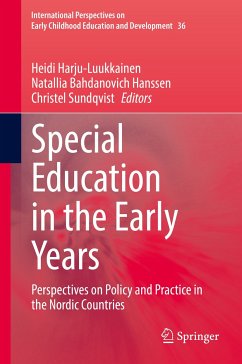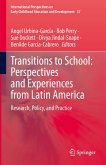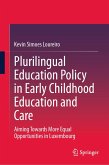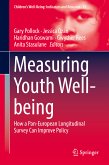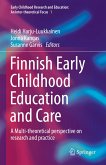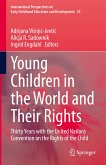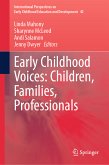This book explores policies and practices in special education in the early years, highlighting shared enablers and barriers. It examines research, policies and practices from different Nordic countries and discusses the theory and empirical data underlying the research. It looks at specific issues including gifted children, social inequality and exclusion, teaching children with autism, inclusive practice, language and emotions. The book offers critical perspectives, highlights potential developmental objects and gives recommendations for further research as well as policy and practice. The book features many aspects of the so-called Nordic model - the economic and social policies common to the Nordic Countries: Denmark, Finland, Norway and Sweden. The findings provide important insights into the Nordic model and advance the understanding of relevant issues facing the Nordic countries.
Dieser Download kann aus rechtlichen Gründen nur mit Rechnungsadresse in A, B, BG, CY, CZ, D, DK, EW, E, FIN, F, GR, HR, H, IRL, I, LT, L, LR, M, NL, PL, P, R, S, SLO, SK ausgeliefert werden.

